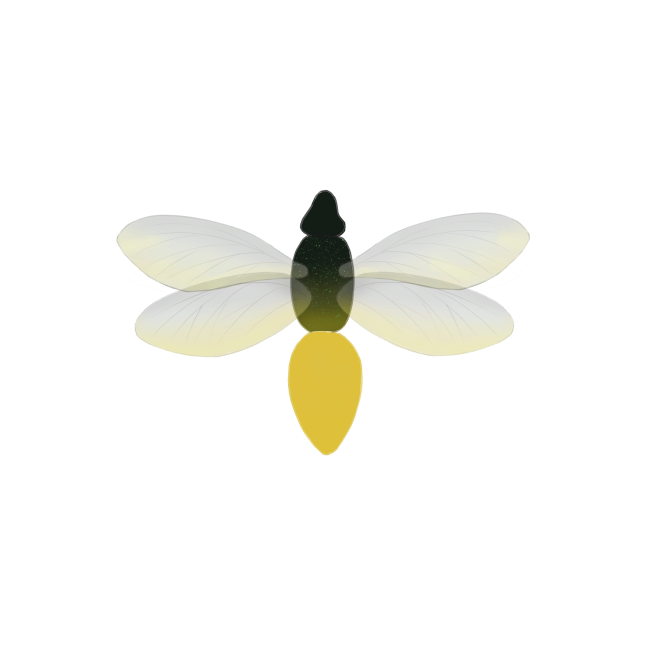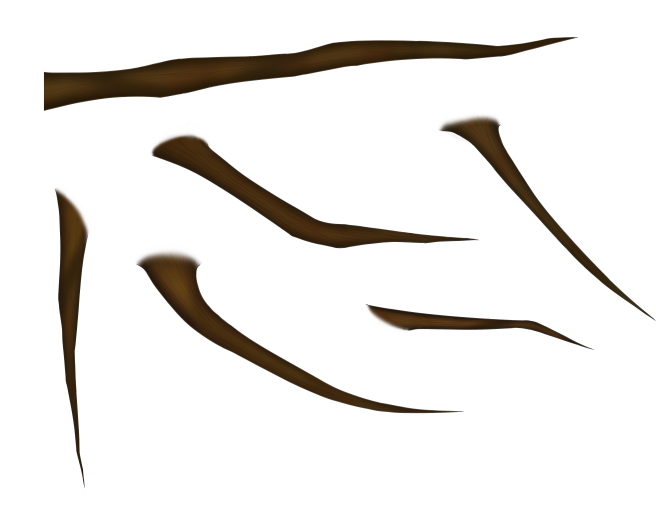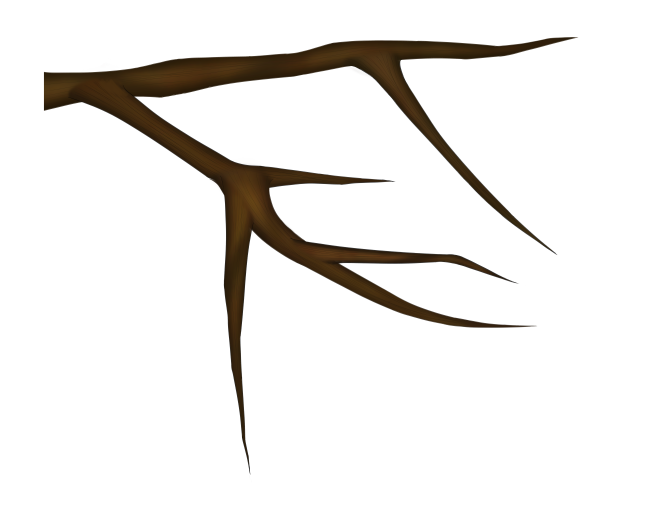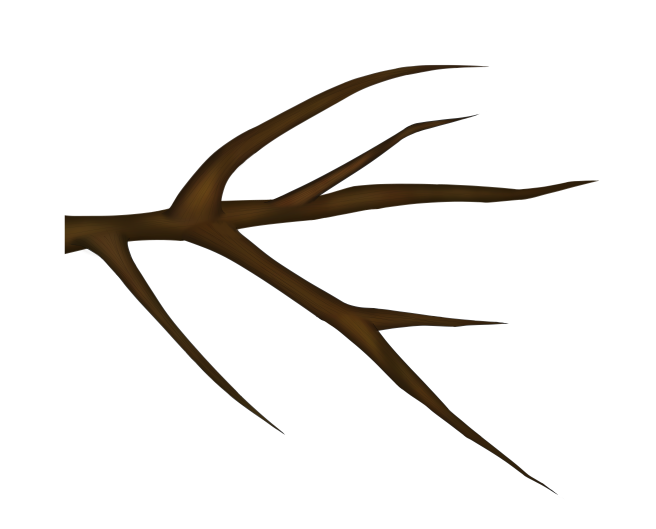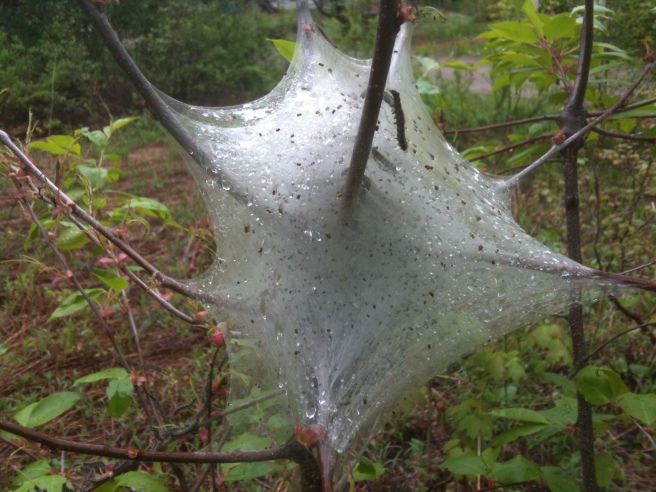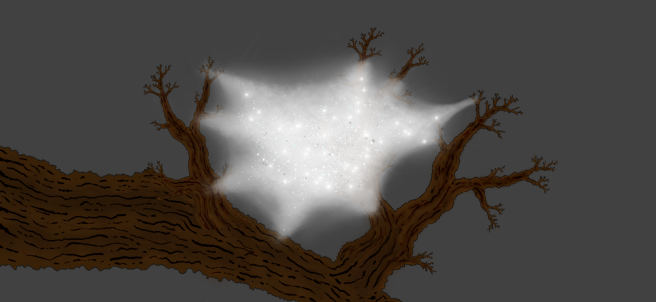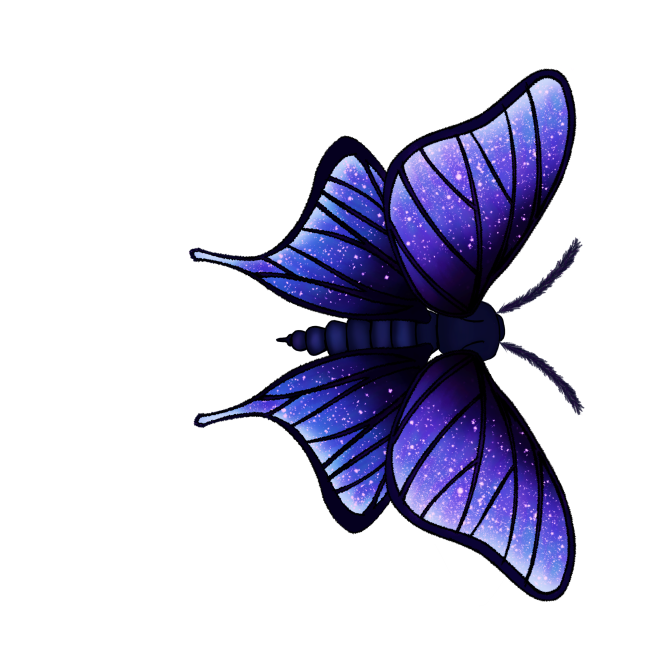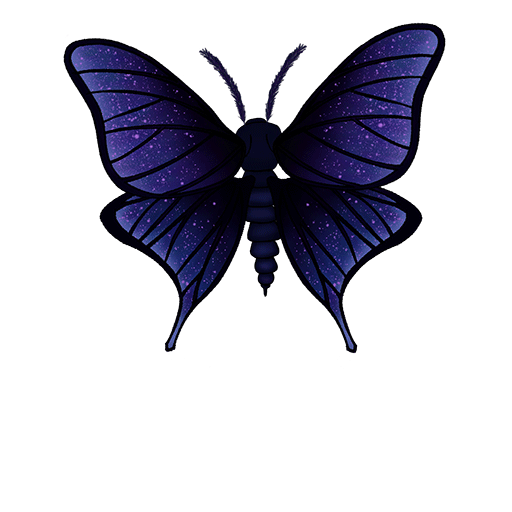This week’s feature is a NPC
NPCs, short for Non Playable Character, is a staple of any game. They’re there to enhance the player’s experience of the game and therefore there exists one NPC in our game as well.
In our game Echo, which is a 2D top down view of a mother moth trying to look for its children, we have two distinct enemies – the wasp and the frog. The wasp is easily identifiable as an enemy as it chases you and has a threatening look. But the frog is a stationary enemy which sits on branches and eat bugs. But there is no way to convey the dangers of being near the frog. And here is where the NPC comes in our game.
Our NPC is a light bug, modeled after the firefly. It serves two purposes in our game. The first is to convey the dangers of being near a frog. When the player first encounters the frog, we will have a light bug fly past it. This is when the frog will eat it by sticking it tongue out. This should serve as an indication of danger to the player.
The second purpose it serves is that it is a light source. During the first playtesting session we had received feedback that our game was pretty dark so other light sources including this light bug has been added. It also adds to the overall aesthetics to the game.
I started making rough sketches with the real world firefly in mind. However, I dropped this idea very soon. Since this light bug is supposed to be a NPC it doesn’t require that level of detail as the other sprites did. Moreover it is supposed to be much smaller than the player character, therefore really tiny details could be committed. Therefore I drew a generic insect body with the head, mid portion and the back end. I drew four transparent wings for the insect and colored the back end of the insect with a bright yellow. A light source would later be added into the back end of the bug in Unity. This was the final result of the sprite:
